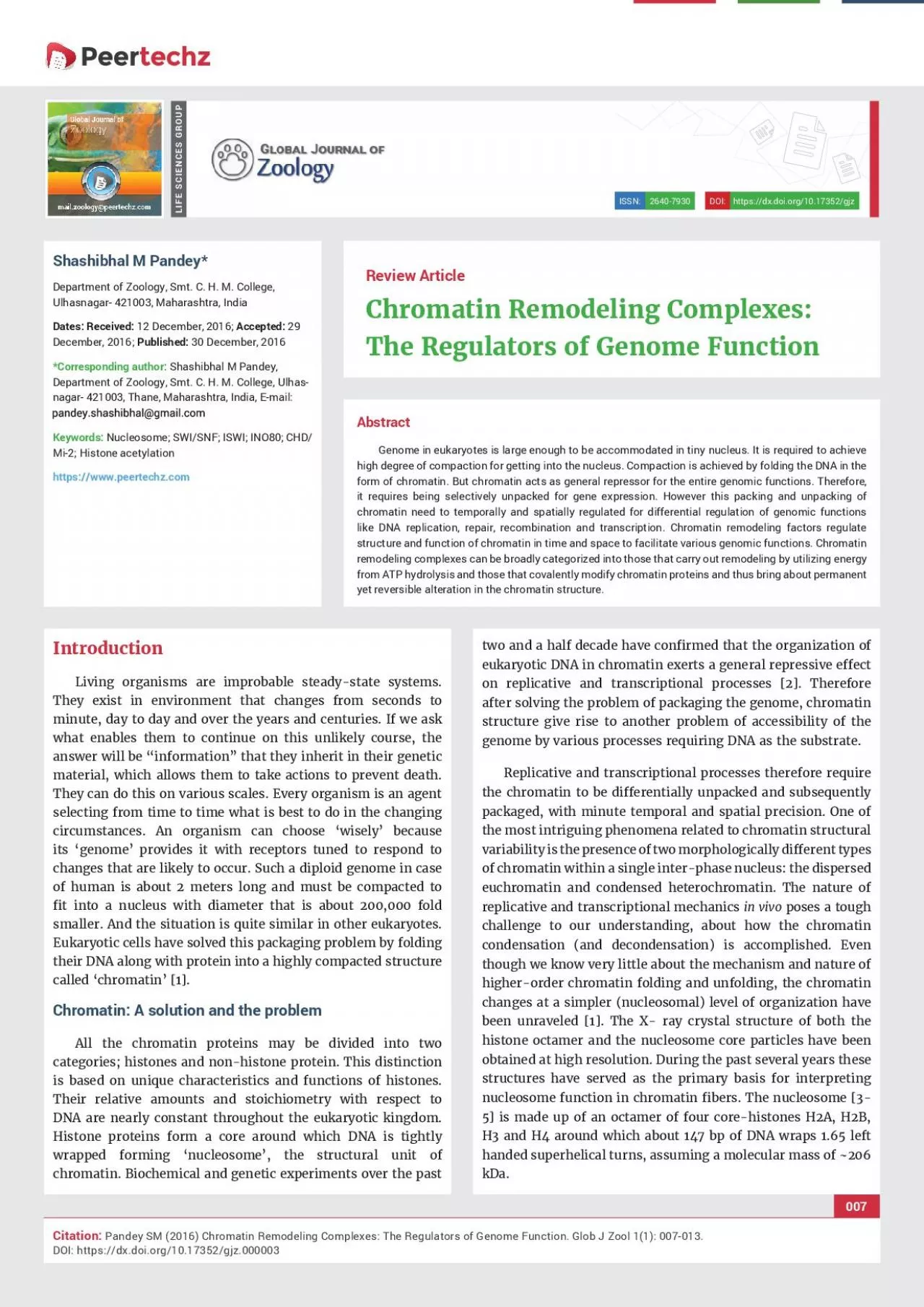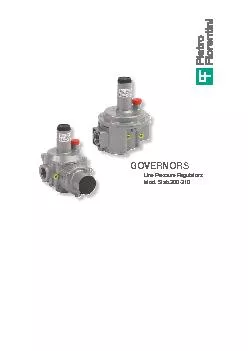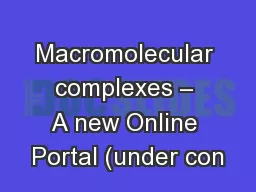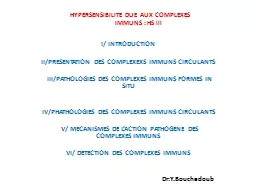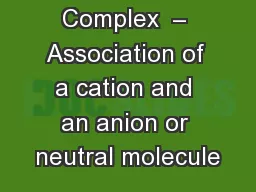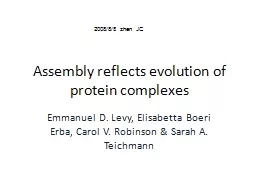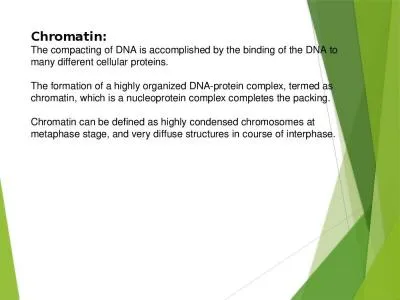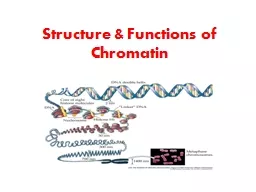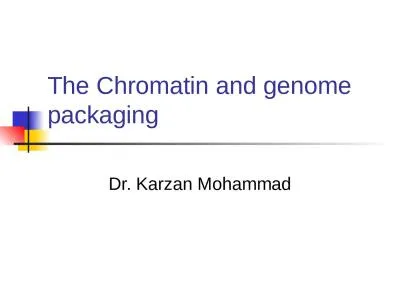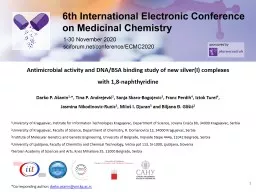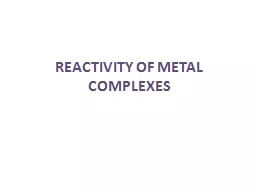PDF-Pandey SM 2016 Chromatin Remodeling Complexes The Regulators of Gen
Author : white | Published Date : 2022-08-23
Genome in eukaryotes is large enough to be accommodated in tiny nucleus It is required to achieve high degree of compaction for getting into the nucleus Compaction
Presentation Embed Code
Download Presentation
Download Presentation The PPT/PDF document "Pandey SM 2016 Chromatin Remodeling Comp..." is the property of its rightful owner. Permission is granted to download and print the materials on this website for personal, non-commercial use only, and to display it on your personal computer provided you do not modify the materials and that you retain all copyright notices contained in the materials. By downloading content from our website, you accept the terms of this agreement.
Pandey SM 2016 Chromatin Remodeling Complexes The Regulators of Gen: Transcript
Download Rules Of Document
"Pandey SM 2016 Chromatin Remodeling Complexes The Regulators of Gen"The content belongs to its owner. You may download and print it for personal use, without modification, and keep all copyright notices. By downloading, you agree to these terms.
Related Documents

